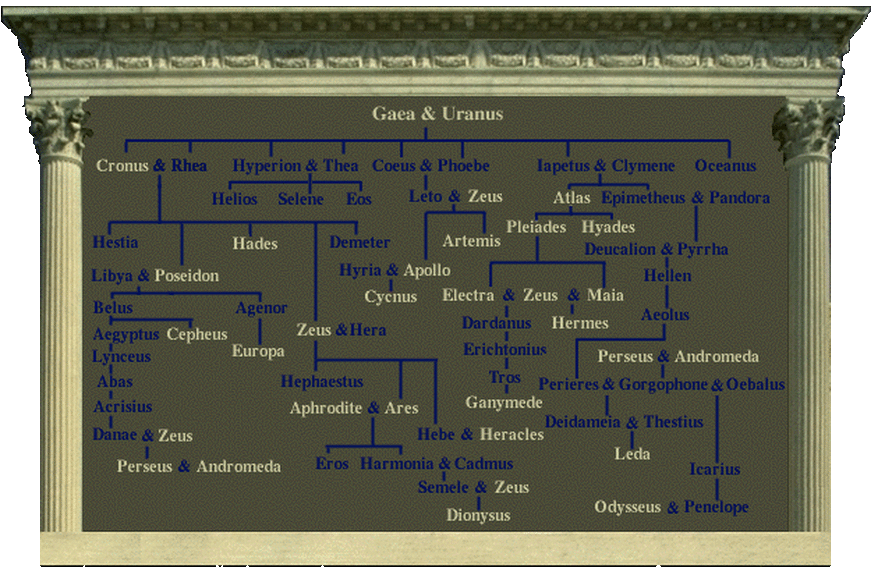Hello blog listeners! Today we offer you our favorite architecturally beautiful museums. Obviously there are so many beautiful museums in the world that we did not choose to be part of this episode and we are not discounting them by any means, but for now here are 10 museums that we believe should be recognized for their architectural achievements, innovation and beauty.
NUMBER 1: Niteroi Contemporary Art Museum
http://www.macniteroi.com.br/
 |
| Niteroi Contemporary Art Museum, Oscar Niemeyer assisted by Bruno Contarini |
 |
| Interior |
Located in Rio de Janeiro, Brazil and built in 1996 this museum reminds us of a UFO in shape and is surrounded by an enormous reflecting pool. It is fitting that this should be a contemporary art museum, it is very contemporary in style.
NUMBER 2: Milwaukee Museum of Art
http://mam.org/
 |
| Milwaukee Museum of Art, Eero Saarinen, David Kahler, and Santiago Calatrava |
 |
| Interior |
The War Memorial center designed by Eero Saarinen was completed in 1957 and was created to house a veterans memorial collection. It is shaped like a floating cross and Saarinen received a great amount of praise for his innovative design. The Quadrraci Pavillion was completed in 2011 and looks much like the sails of a ship.
NUMBER 3: Guggenheim Bilboa Spain
http://www.guggenheim-bilbao.es/
 |
| Guggenheim Bilboa, Spain. Frank Gehry |
 |
| Interior |
This Guggenheim Museum is located in Bilboa, Spain and is one of several belonging to the Soloman R. Guggenheim Foundation. The Guggenheim Bilboa was built to help the city regain its civil pride. After looking at the stucture for awhile it begins to take on shapes like a fish, a ship and a cruise liner.
NUMBER 4: Hanoi Museum
 |
| Hanoi Museum, Meinhard von Gerkan, Nikolaus Goetze, Klaus Lenz |
Located in Vietnam, this stylistically modern museum has very simplistic elements which make it very aesthetically pleasing. The museum looks like an upside down pyramid which makes it very functional, as the largest galleries are on the top floor and can be lite very easily using natural light. Natural lighting is used throughout the structure and gives it a very authentic effect.
NUMBER 5: The Louvre Museum
http://www.louvre.fr/en
 |
| Louvre Museum, Paris France |
 |
| Interior of pyramid entrance |
 |
| Interior |
Unfortunatly know one really knows who designed the original Louvre palace, but it is a wonderus site to behold. In the heart of Paris, France the Louvre is perhaps the most iconic museum in the world and is home to countless art treasures. It was originally the seat of the French monarcy until 1682 when Louis XIV moved his court to Versailles. In 1789 it became the Louvre Museum.
NUMBER 6: Weisman Art Museum
http://www.weisman.umn.edu/
 |
| Weisman Art Museum, Frank Gehry |
Can you tell we like Frank Gehry? Located in Minneapolis, Minnesota this structure has every element of design that Gehry is known for. The building presents to faces, depending on which side it is viewed from.
NUMBER 7: The Royal Ontario Museum
http://www.rom.on.ca/en
 |
| The Royal Ontario Museum, Frank Gehry designed the "Crystal" |
 |
| Interior |
The modern addition added to the original structure was added in 2012 and designed by, yet again, Frank Gehry! It is known as "The Crystal" for very good reasons.
NUMBER 8: Dali Museum
http://thedali.org/home.php
 |
| The Dali Museum, Yann Weymouth |
This museum combines all things rational and fantastical just as Dali's artwork did. Located in St. Petersburg, Florida this structure consists of a simple rectangle with free-form geodesic known as "the enigma" made of 1062 triangular pieces of glass.
NUMBER 9: National Museum of the American Indian
http://nmai.si.edu/home/
 |
| National Museum of the American Indian, Washington DC. |
 |
| Another exterior view |
Located in the National Mall in Washington, DC this structure embodies an Native American spirit. The structure was built with curvilinear lines meant to mimic nature. The entrance faces East, as is part of Native American culture and the dome opens to the sky, also an aspect of traditional Native American homes.
NUMBER 10: The Guggenheim New York City
http://www.guggenheim.org/
 |
| Guggenheim, Frank Lloyd Wright |
The Guggenheim museum is located in New York City and is an example of Frank Lloyd Wright's architectural genius. Sadly Wright passed away before its completion in 1959.
We hope you enjoyed this podcast! Please share with us your favorite museums and join us next Wednesday for the final episode in our mini series on Baroque art! Julia and Lauren will be talking about Spanish Baroque.
















































